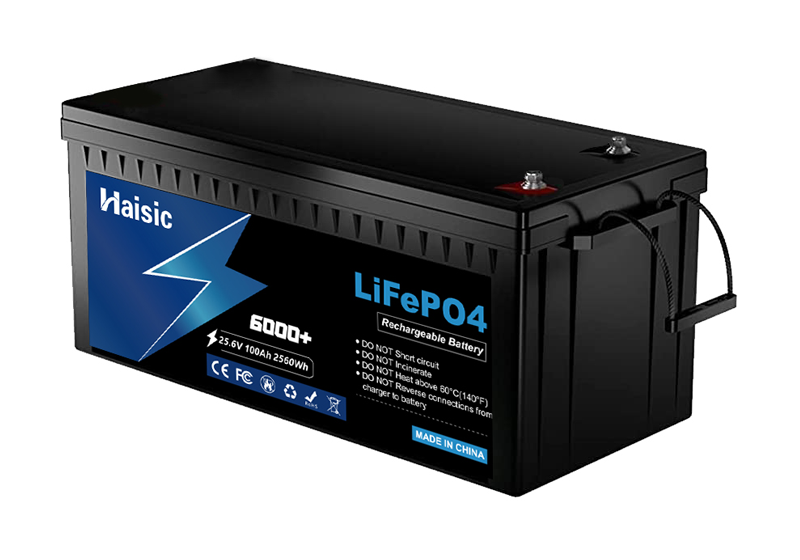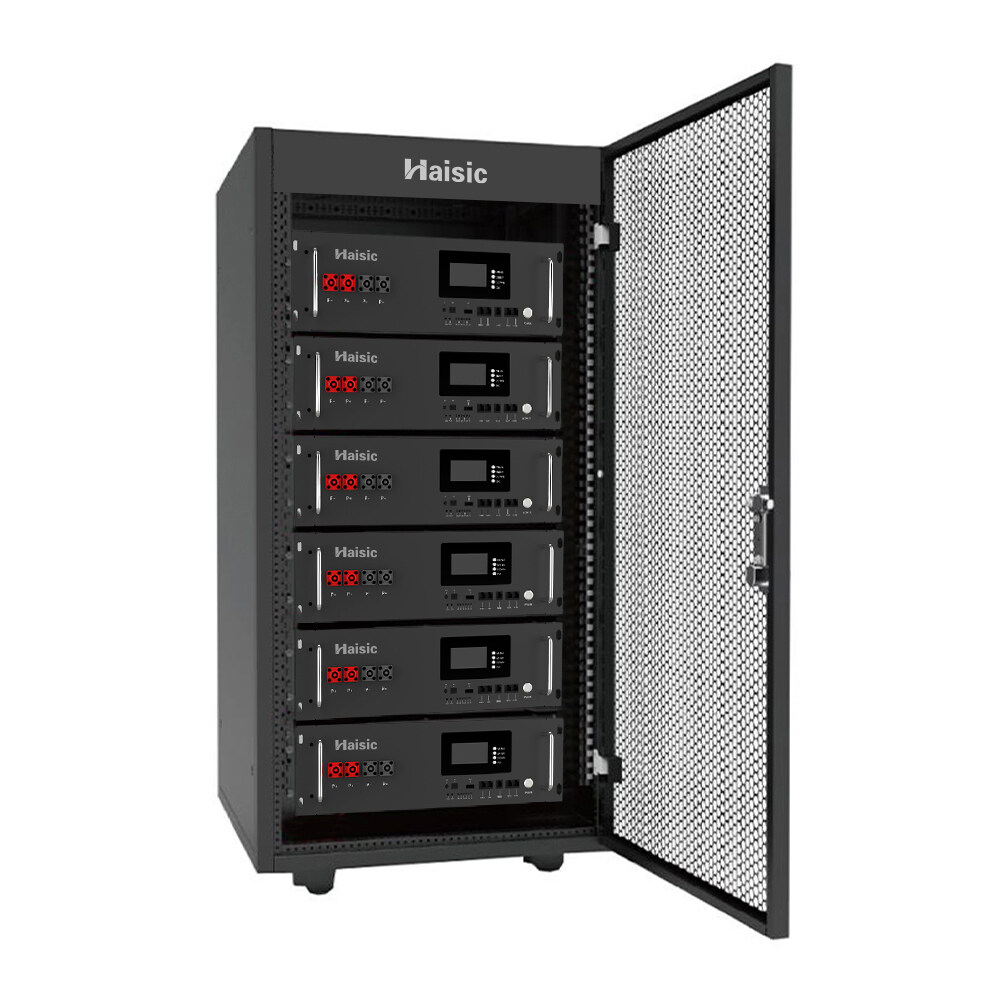Email format error
Email cannot be empty
Email already exists
6-20 characters(letters plus numbers only)
The password is inconsistent
Email format error
Email cannot be empty
Email does not exist
6-20 characters(letters plus numbers only)
The password is inconsistent


Uninterrupted power supply is crucial for various devices and systems in today's fast-paced world. Whether it’s for home appliances, security systems, or industrial equipment, a reliable backup power supply is essential. This blog post will delve into the importance of a 24V battery backup power supply and explore its applications, benefits, and considerations. So, let’s dive in!
Understanding the Need for Backup Power Supply:
In today’s digital age, power outages can disrupt our daily lives and cause significant inconvenience. From sudden blackouts to voltage fluctuations, power supply issues can damage electronic devices and even pose safety risks. A backup power supply acts as a safeguard, ensuring uninterrupted power during such situations.
Introduction to 24V Battery Backup Power Supply:
A 24V battery backup power supply is a system that provides emergency power to devices and systems when the main power source fails. It consists of a battery, an inverter, and a charging mechanism. The battery stores electrical energy, which is converted into usable AC power by the inverter during power outages.
Applications of 24V Battery Backup Power Supply:
3.1 Home Appliances:
A power supply can keep essential home appliances running during power outages. It ensures uninterrupted power supply to refrigerators, air conditioners, lighting systems, and other critical devices, preventing food spoilage, discomfort, and inconvenience.
3.2 Security Systems:
Security systems, including surveillance cameras, alarms, and access control systems, rely on continuous power supply for effective operation. A power supply ensures that these systems remain functional during power outages, providing enhanced security and peace of mind.
3.3 Industrial Equipment:
Industrial equipment, such as manufacturing machinery, data centers, and telecommunications systems, require a stable power supply to avoid costly downtime. A power supply acts as a reliable backup, preventing production losses and maintaining operational efficiency.
Benefits of 24V Battery Backup Power Supply:
4.1 Uninterrupted Power Supply:
The primary benefit of a power supply is its ability to provide uninterrupted power during outages. It ensures that critical devices and systems remain operational, preventing data loss, equipment damage, and productivity disruptions.
4.2 Protection against Power Surges:
Power surges can occur when the main power supply is restored after an outage. These surges can damage sensitive electronic devices. A power supply acts as a buffer, protecting devices from sudden voltage spikes and ensuring a smooth transition to the main power supply.
4.3 Portability and Flexibility:
Many power supply systems are portable, allowing users to move them easily between locations. This flexibility is particularly useful for outdoor events, construction sites, and remote areas where a stable power supply may not be readily available.
Factors to Consider when Choosing a 24V Battery Backup Power Supply:
5.1 Battery Capacity and Runtime:
The battery capacity determines the amount of power the backup system can provide. Consider the runtime required for your devices and choose a backup power supply with sufficient capacity to meet your needs.
5.2 Charging Time and Efficiency:
The charging time of the backup power supply affects its readiness for subsequent power outages. Look for systems with fast charging capabilities and high charging efficiency to minimize downtime.
5.3 Safety Features:
Ensure that the backup power supply has built-in safety features such as overcharge protection, short-circuit protection, and temperature monitoring. These features safeguard the battery and connected devices from potential hazards.
5.4 Compatibility with Devices:
Check the compatibility of the backup power supply with your devices. Look for systems that offer multiple output options, such as AC outlets, USB ports, and DC connectors, to accommodate various devices.
Installation and Maintenance of 24V Battery Backup Power Supply:
6.1 Proper Installation Guidelines:
When installing a power supply, it is crucial to follow the manufacturer’s guidelines to ensure proper installation and safe operation. Here are some general installation guidelines to consider:
Location: Choose a suitable location for the backup power supply. It should be well-ventilated and away from direct sunlight, extreme temperatures, and moisture. Ensure that there is enough space around the unit for proper airflow and easy access for maintenance.
Mounting: If the backup power supply is designed for wall mounting, ensure that it is securely mounted on a sturdy surface. Follow the manufacturer’s instructions for proper mounting procedures and use appropriate hardware.
Electrical Connections: Before connecting the backup power supply to the electrical system, make sure to turn off the main power supply. Connect the backup power supply to the designated circuit breaker or electrical panel using the provided wiring and connectors. Double-check the connections to ensure they are secure and properly tightened.
Grounding: Proper grounding is essential for safety. Follow the manufacturer’s instructions to connect the backup power supply to an appropriate grounding point. This helps protect against electrical shocks and ensures the safe operation of the system.
Testing: After installation, perform a thorough test to ensure that the backup power supply is functioning correctly. Test the system by simulating a power outage and verifying that the connected devices receive power from the backup supply. Monitor the system during the test to identify any potential issues or malfunctions.
6.2 Regular Maintenance Tips:
Regular maintenance is crucial to ensure the optimal performance and longevity of the power supply. Here are some maintenance tips to follow:
Battery Health: Regularly check the battery health to ensure it is functioning properly. Monitor the battery voltage and perform periodic capacity tests as recommended by the manufacturer. Replace the battery if it shows signs of deterioration or if its capacity drops below acceptable levels.
Cleaning: Keep the backup power supply clean and free from dust, dirt, and debris. Regularly inspect the unit and clean the exterior surfaces using a soft cloth or brush. Avoid using harsh chemicals or abrasive materials that may damage the unit.
Connections: Inspect the electrical connections regularly to ensure they are secure and free from corrosion. Clean the connections if necessary and tighten any loose connections. Faulty connections can lead to power loss or damage to the backup power supply.
Firmware Updates: Check for firmware updates provided by the manufacturer and follow their instructions for updating the backup power supply’s firmware. Firmware updates often include bug fixes, performance improvements, and enhanced features.
Battery Replacement: Over time, the battery’s capacity may decrease, affecting the backup power supply’s performance. Follow the manufacturer’s guidelines for battery replacement and ensure that the new battery meets the required specifications.
Documentation: Keep a record of maintenance activities, including battery replacements, firmware updates, and any issues encountered. This documentation can help track the system’s performance and provide valuable information for troubleshooting or warranty claims.
Conclusion:
A 24V battery backup power supply is a reliable solution to ensure uninterrupted power supply for various devices and systems. Whether for home, security, or industrial applications, it offers numerous benefits, including uninterrupted power supply, protection against power surges, and portability. By considering factors such as battery capacity, charging time, safety features, and device compatibility, users can choose the right backup power supply for their specific needs. Proper installation and regular maintenance are essential to maximize the performance and longevity of the backup power supply.